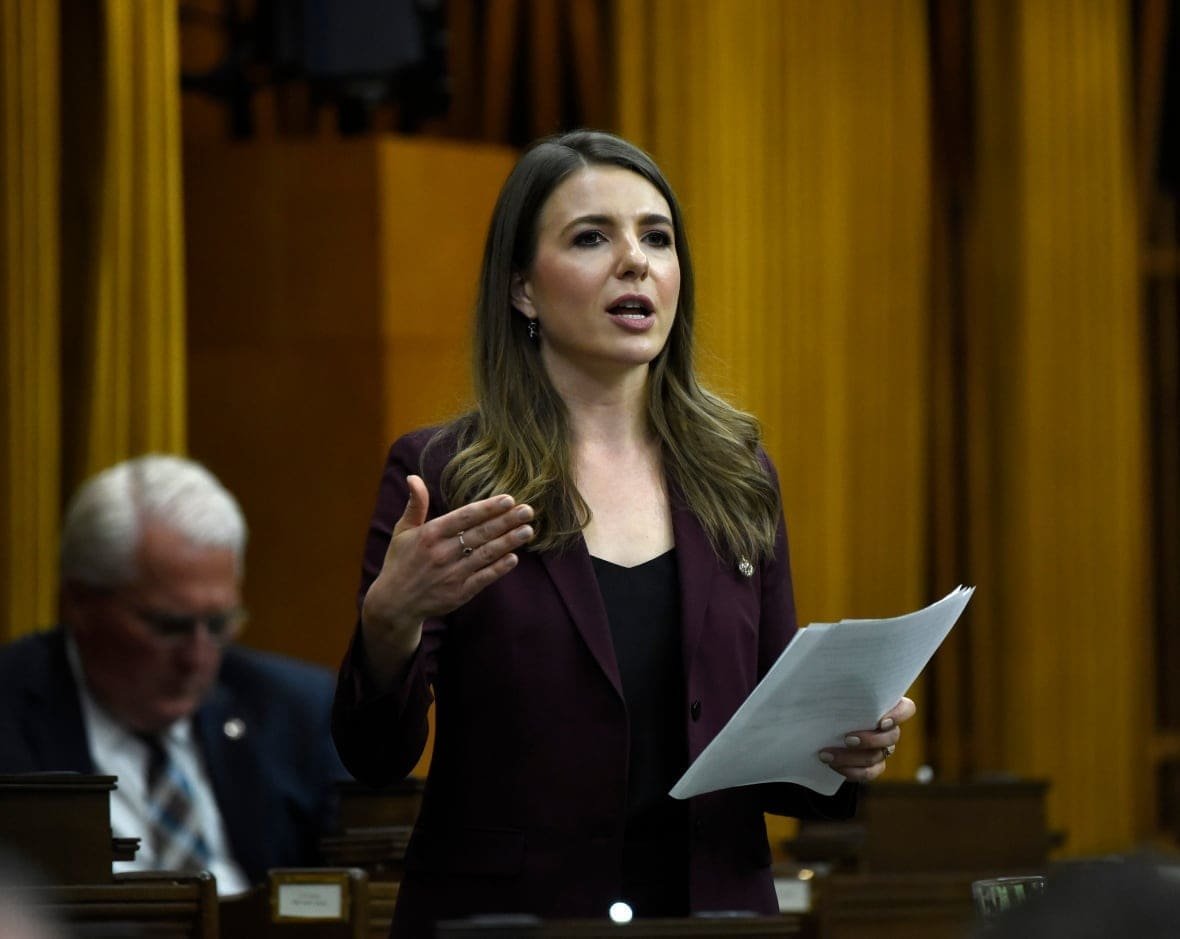The conservative critic says setting these kinds of goals during a global pandemic is ‘pure fantasy.’
According to the CBC news, the Canadian Liberal government plans to bring in more than 1.2 million immigrants over the next three years, despite the global pandemic. Canada aims to bring 401,000 new permanent residents in 2021, 411,000 in 2022 and 421,000 in 2023. This is to compensate for the shortfall of this year due to the pandemic.
At a news conference in Ottawa today, the Immigration Minister Marco Mendicino called this plan an “ambitious” three-year immigration plan that set targets for bringing skilled workers, family members and refugees into Canada. He also said that immigrants drive the population and economic growth that pays for vital health care programs.

Mendicino said the government remains committed to bringing new people to immigrate to Canada as last year they had a plan to bring in more than one million immigrants. Still, the COVID-19 crisis has slowed down the process.
“Put simply, we need more workers, and immigration is the way to get there,” he said.
He said the government aims to attract workers to work in regions facing sector shortages. According to Marco Mendicino, their plan will continue to focus on Canada’s economic growth.
Next year’s plan includes:
● 232,000 immigrants in the economic class.
● 103,500 in the family class.
● 59,500 refugees and protected persons.
● 5,500 on humanitarian and compassionate grounds.
On the other hand, conservative immigration critic Raquel Dancho said that these numbers are “pure fantasy” and that the government has no plan to bring in large numbers of immigrants safely despite border restrictions and embassy and office closures around the world.
Rachel said that rapid tests for COVID-19 would be critical to bring people in during the pandemic, but the government has failed to make it. In addition, she said it is essential that the Trudeau government offer a safe plan in order to bring people during a pandemic.
NDP MP Jenny Kwan said the government must accelerate processing after the pandemic slowed the process and created a growing backlog of applications.
“With over half a year of applications whose processing came to a complete stop, there will be no shortage of requests to be processed next year,” she said, adding that the immigration department must have a significant boost in resources to deal with the backlog.
“Without these investments, applicants are to expect significant increases in processing times for years to come, which were already long before the pandemic.”
She said Canada also should give permanent residence status to people who want it and are already in the country, such as international students with job offers and temporary foreign workers.
“Canada can, in fact, take a truly humanitarian approach by regularizing all those immigrants and refugees and undocumented people,” she said.
Focus on labour gaps, says C of C.
The senior director Leah Nord, of workforce strategies and inclusive growth for the Canadian Chamber of Commerce, said the government must focus on matching economic migrants to worker shortages in many sectors and regions.
“We’re in this rather strange situation where we do have higher unemployment rates than we’ve seen for several years. Before the crisis, there were record low unemployment rates. Now, they’re tipping towards the other end,” she said.
“But we still have a situation where there are still job vacancies and jobs that need to be filled across the country. Immigration can play an important role in diversity and economic growth, but also in filling labour market gaps, for sure.”
The government’s Advisory Council on Economic Growth recommended that Canada boost its annual immigration levels to 450,000 by 2021 to stimulate the economy and overcome the twin labour market problems of an ageing population and a low birth rate.
Source of the content and the photo: CBC News





